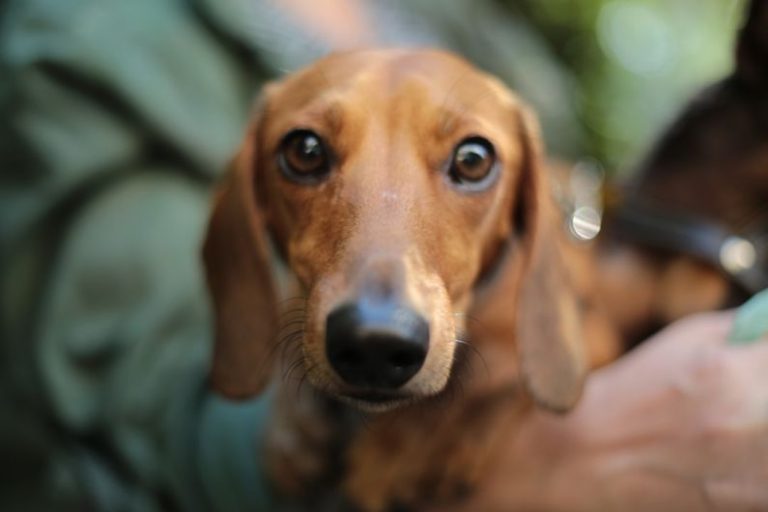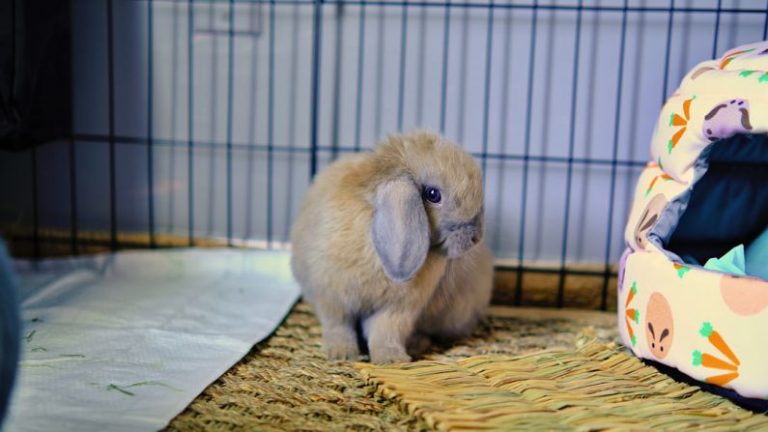Training Your Dog: Basic Commands
Training your dog is an essential part of helping them become well-behaved and obedient companions. One of the foundational aspects of dog training is teaching them basic commands. These commands not only help in establishing communication between you and your furry friend but also ensure their safety and your peace of mind. In this article, we will delve into the importance of basic commands and provide tips on how to effectively train your dog to follow them.
Establishing a Strong Foundation
Before diving into specific commands, it is crucial to establish a strong foundation for training. Dogs thrive on routine and consistency, so it is important to set aside dedicated time each day for training sessions. Keep the sessions short and positive, using plenty of treats and praise to reinforce good behavior. Remember to be patient and understanding, as every dog learns at their own pace.
The Sit Command
One of the first commands you should teach your dog is the “sit” command. This command is not only useful for controlling your dog’s behavior in various situations but also serves as a building block for more advanced commands. To teach your dog to sit, hold a treat close to their nose and slowly move your hand upward, causing their head to follow the treat and their bottom to lower naturally. Once they are in a sitting position, say the word “sit” and reward them with the treat.
The Stay Command
The “stay” command is another essential skill that can prevent your dog from running into dangerous situations or getting into trouble. To teach your dog to stay, start by having them sit. Then, with an open palm facing them, say “stay” and take a step back. Reward them if they stay in place for a few seconds and gradually increase the distance and duration as they become more comfortable with the command.
The Come Command
The “come” command is crucial for calling your dog back to you in various situations, such as when they are off-leash or in a potentially dangerous situation. To teach your dog to come when called, start in a low-distraction environment and say their name followed by the command “come.” When they approach you, reward them with treats and praise. Gradually increase the distance and distractions to ensure they respond reliably in any situation.
The Down Command
The “down” command teaches your dog to lie down on command, which can be useful for calming them down or keeping them in a controlled position. To teach this command, start with your dog in a sitting position and hold a treat in front of their nose. Slowly lower the treat to the ground while saying “down.” Once your dog lies down, reward them with the treat and praise. Practice this command regularly to reinforce the behavior.
The Leave It Command
The “leave it” command is essential for teaching your dog to ignore distractions or potential hazards. This command can prevent your dog from picking up harmful objects or chasing after other animals. To teach your dog to leave it, place a treat in your hand and close your fist. Let your dog sniff and paw at your hand but only reward them when they stop trying to get the treat. Gradually increase the difficulty by placing treats on the ground and using the command to prevent them from picking it up.
Building a Strong Bond
Training your dog to follow basic commands not only ensures their safety and well-being but also strengthens the bond between you and your furry companion. By investing time and effort into training, you are not only teaching your dog valuable skills but also creating a harmonious and fulfilling relationship based on trust and communication.
Incorporating these basic commands into your dog’s training regimen will set them up for success in various situations and help them become well-mannered and obedient pets. Remember to be patient, consistent, and positive during training sessions, and always reward good behavior. With dedication and practice, you and your dog can enjoy a fulfilling and rewarding training journey together.






